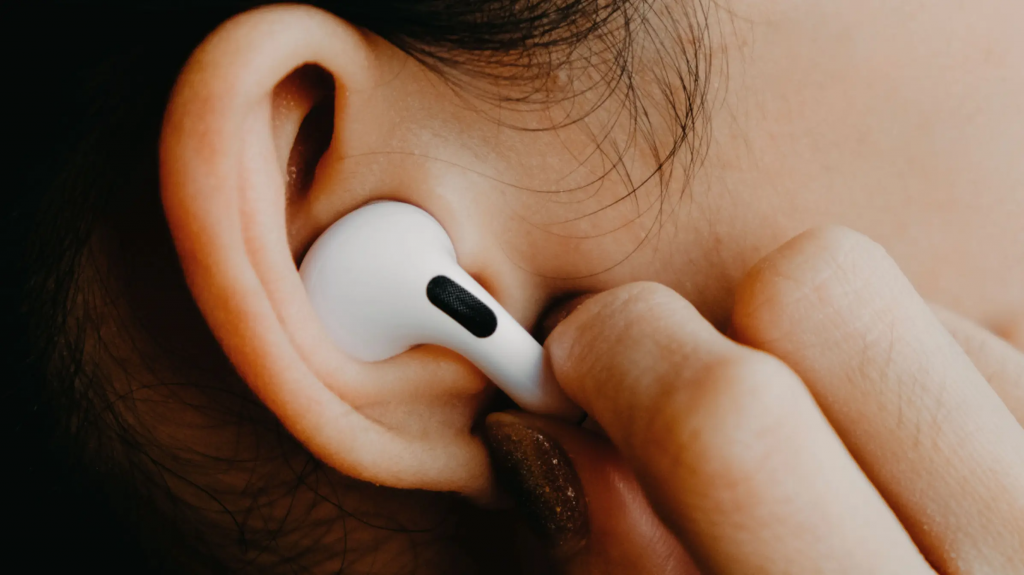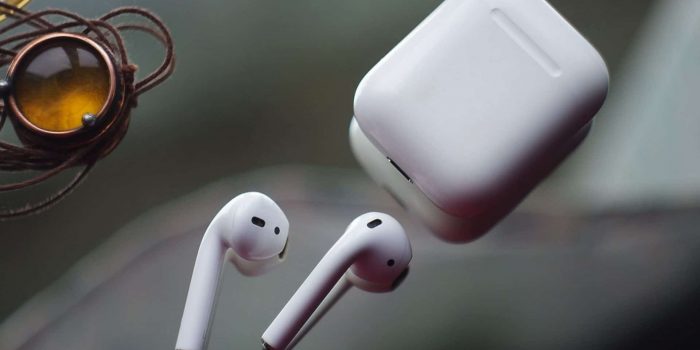According to a recent study that pitted Apple’s earbuds against standard hearing aids in a series of tests, AirPods have the potential to function as hearing aids for individuals with mild to moderate hearing loss.
The findings potentially change the lives of millions of people who do not now use hearing aids because of the expense or the social stigma associated with them.
“These wireless earbuds are, of course, not perfect, but they would be a good starting point for many patients who don’t have access to professional hearing aids,” says otolaryngologist Yen-Fu Cheng from the Taipei Veterans General Hospital in Taiwan.

“They will see an increase in quality of life even with these earbuds.”
The study included 21 participants with mild to moderate hearing loss who were assessed with premium hearing aids (costing US$10,000 on the Taiwanese market), basic hearing aids (costing US$1,500), AirPods Pro earphones (costing US$249), and AirPods 2 (costing US$129). The AirPods were connected to iPhones running an ambient noise amplifier software called Live Listen.
Volunteers were read short texts and then asked to repeat them back. In loud surroundings, assuming the noise was not directly in front of the hearer, the AirPods Pro performed similarly to premium hearing aids. The AirPods Pro performed worse than premium hearing aids in quiet areas but roughly as good as basic hearing aids.
In calm or noisy situations, the basic AirPods 2 weren’t as effective as hearing aids, but they were better than doing nothing. However, in loud surroundings, when the noise source was directly in front of the volunteers, neither type of AirPods improved their hearing.

While the AirPods 2 and AirPods Pro include Live Listen to technology, which enhances audio, only the Pro model features active noise cancellation, detecting and shutting out some external noises. This might explain the disparity between the two pairs of wireless earphones.
“Two reasons may account for the difference between the two scenarios,” says bioengineer Ying-Hui Lai from the National Yang-Ming Chiao Tung University in Taiwan. “It may relate to the trajectories soundwaves travel with, as well as the advanced signal processing algorithm by premium hearing aids.”
“This finding will hopefully inspire engineers to design hearing aids and personal sound amplification products that are more sensitive in certain directions.”

The researchers believe that their findings will motivate manufacturers to incorporate capabilities to assist persons with hearing loss and features to improve the sound quality of music and podcasts.
“Globally, the wireless earphone market is growing rapidly,” says Lai. “Some companies are interested in exploring the possibility of designing earbuds with sound amplification features. Our study proves that the idea is plausible.”
The research has been published in iScience.


